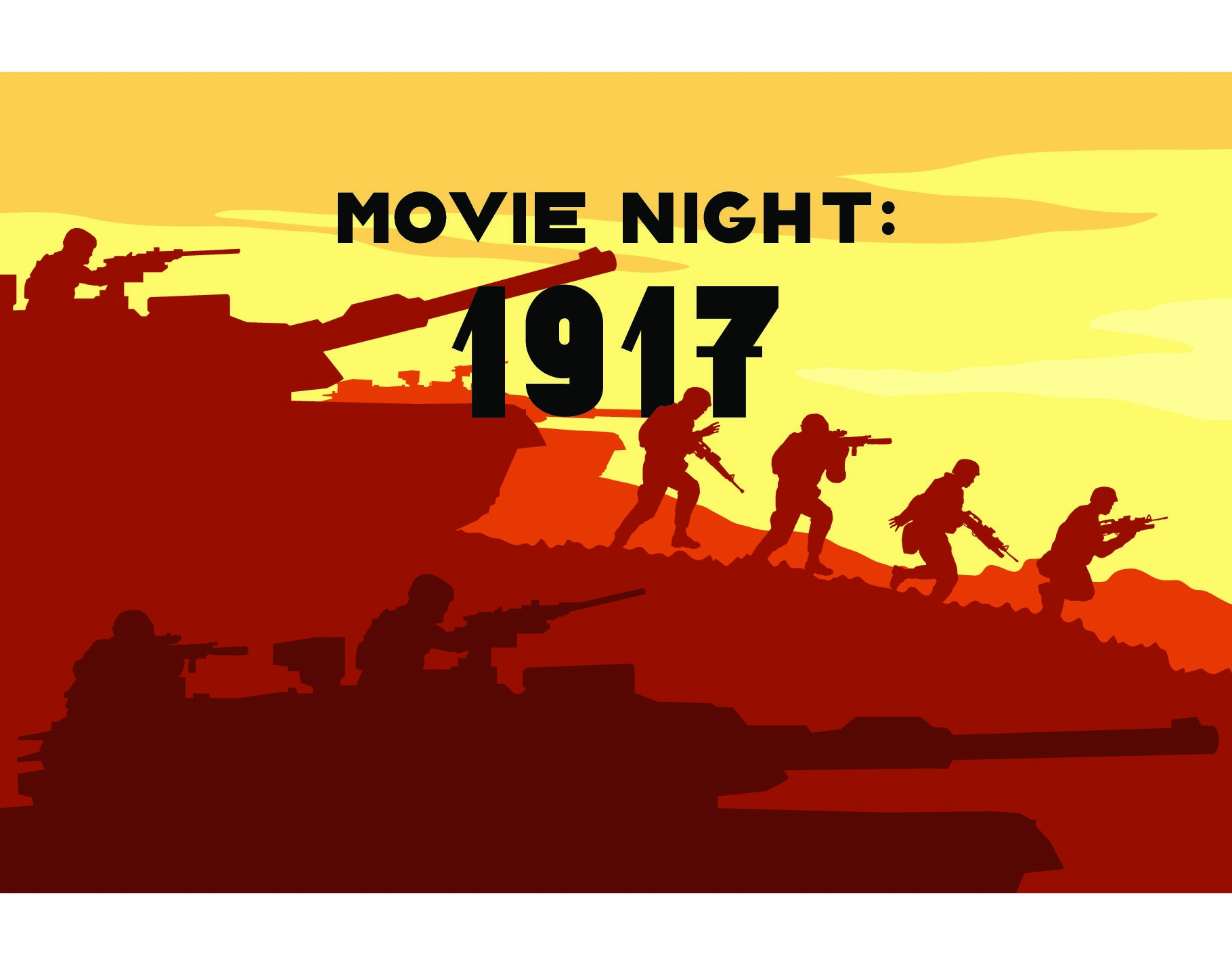Despite not having the most nominations, two films won big with four and three academy awards respectively at the second Academy Awards last Sunday. Bong Joon-ho’s “Parasite” and Sam Mendes’ “1917.”
“Parasite” made history as the first South Korean film to win Best Picture, while “1917” took home big technical awards such as Best Visual Effects and Best Cinematography.
“1917” takes place in the first World War and chronicles the harrowing journey of two young soldiers. Blake and Schofield, played by Dean-Charles Chapman and George MacKay, are told they must leave their base to run across no man’s land and deliver a message. They need to get to the other regiment before 1,600 English soldiers walk right into a trap that could kill everyone.
The most notable aspect of this movie is how its story is told through what looks like one continuous take. Director Sam Mendes worked with his crew to capture and edit the film to look like there are no cuts— except for a single jump near the middle of the runtime.
These techniques allow the audience to experience this story seemingly in real time on-screen. With our protagonists every step of the way, audiences can feel how far they are traveling. When the characters reach the top of a hill and see a barn in the distance, there isn’t just a simple cut to them already in the house.
One specific take is most impressive: a moment that is all over the promotional trailers.
McKay sprints across no man’s land in front of a trench. Not only is he full-on sprinting, but there are also hundreds of soldiers running across him that he has to run around, all while explosions are going off in the background. It may be the most impressive cinematic minute of 2019, and all of the technical awards it took home are well deserved.
Despite working with directors like the Coen Brothers and Denis Villeneuve since the early ‘90s, cinematographer Roger Deakins didn’t win his first Oscar until 2018 for “Blade Runner 2049.” The way he was able to shoot the film as a single take clearly left an impression on the Academy as they gave him his second cinematography Oscar for “1917.”
There is a reason the technical aspects of “1917” are being praised this much, but it is really the only thing that separates itself from any other war film that has come before it such as “Dunkirk” by Christopher Nolan. The urgency of the plot overrides most of the in-depth character work that other awards contenders have, like “Marriage Story” or “The Irishman.”
This depends on what kind of movie you are looking for. Maybe stories of divorce or aging mobsters are not appealing, and you need a theater experience that has you gripping your armrests.
If the characters were more fleshed out, this would encourage another rewatch. It’s uncertain if the film could work as well at home on a Tuesday afternoon.



